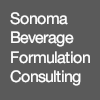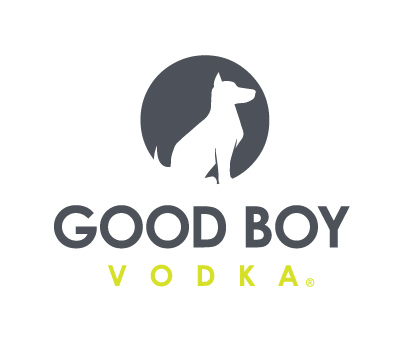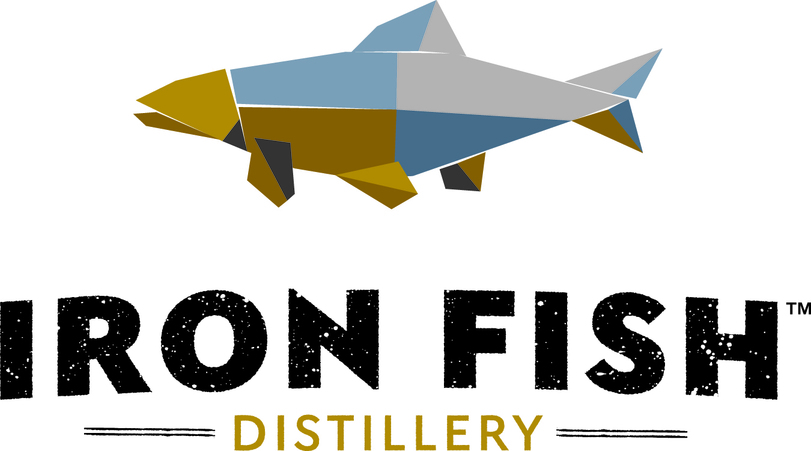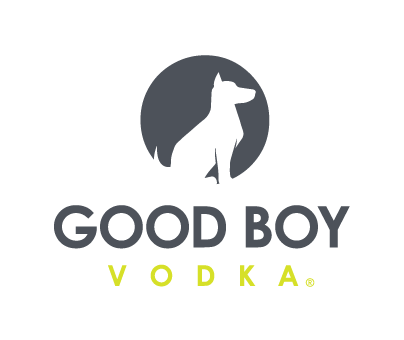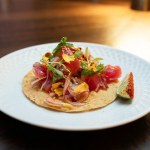Analysts Report on Macro Impacts of COVID-19 Across Food and Beverage Industry

In a webinar hosted by Rabobank yesterday, analysts at the multinational banking and financial services company offered an overview of the macro impacts of COVID-19 on the food and beverage industry. Covering packaged food and beverage brands, foodservice, produce, supply chain and packaging, the analysts offered insights for startups as they seek to prepare both short and long term business strategies in the wake of the pandemic.
Packaged Food and Foodservice
Looking at the past few weeks, consumer foods analyst JP Frossard identified clear “winners and losers” in the food industry. The packaged food industry as well as grocery retailers (both brick and mortar and ecommerce) have come out the winners, while restaurants have taken a clear hit, being forced to pivot solely to take-out service. In the short-term, the main challenge facing CPG food brands is keeping up with demand, Frossard said, especially as trucking availability, particularly in areas more highly affected by COVID-19, has decreased.
Long-term challenges are more difficult to identify, said Frossard, who pointed out that an economic slowdown or recession may be imminent, and there is no clear indication of whether it will be a U-shaped or V-shaped curve. Because of this, Frossard advised a halt on R&D investments, so brands can focus on their core portfolios, a tough reality as Frossard notes this comes “exactly in the moment when the big food companies were realizing they need to innovate to survive.”
In addition, companies are adding benefits such as paid sick leave as employees work during the pandemic, which Frossard noted could lend itself to further long-term discussions regarding higher wages and improved benefits, and even automation on production lines.
Private label brands will benefit from the changing shopping patterns during the pandemic, Frossard added. While initial sales are gained during a recession, he said, in the past private label brands have been able to sustain this business after the initial new consumer trial.
New audiences are “being forced to experiment” with ecommerce during the pandemic, but according to Frossard consumers may be less inclined to pay for organic, sustainable or ethically sourced products with premium prices, as previous recessions have shown, so price and cost structure should be on the minds of startups.
“Startups’ main asset is their ability to adapt to change and adapt fast to change,” he said.
A direct link to the consumer is essential, and startups must be able to adjust their message to remain relevant to consumers and communicate with them regarding their needs and the challenges they’re facing. This is especially important as larger food companies will look to retain share in retail environments.
Beverage
In the beverage space, global beverage sector strategist Steve Rannekleiv noted on-premise businesses have taken the biggest hit. Beverage brands that rely on restaurants and brewpubs, such as craft beer, spirits and specialty coffee, have faced challenges, as have luxury brands and cocktail mixers. Big box stores and top 50 brands, as well as their suppliers, have been the biggest winners, with bottled water, sports drinks and soft drinks seeing the biggest movement on shelf.
Long-term, Rannekleiv said he’s seen clients modeling the next few months with 100% loss in on-premise and 10% loss in retail.
According to beverage analyst Bourcard Nesin, brands that are successful right now have broad retail distribution and strong direct-to-consumer business. However, he cautioned against brands seeing the increase in ecommerce shopping as a trend that is here to stay.
“We need to be very careful in extending what we see now into the future,” he said. “Right now people aren’t commuting to work and not driving by grocery stores, which means there is convenience and value added by ecommerce. On top of that, their fear of getting the wrong cucumber is not as great as their fear of contracting COVID-19.”
He pointed to a large uptick in consumers ordering groceries on other people’s behalf, which will ultimately not lead to long-term adoption of online ordering by older demographics. Consumers will eventually return back to their previous purchasing behavior, Nesin predicted.
According to Nesin, the opportunity for brands lies in digitizing content for retailer websites and specialty online markets such as Thrive. Having a presence in retail is also important, as many online orders are often fulfilled in the stores, he noted. Ultimately, brands’ investment in building out their ecommerce business will help “accelerate adoption long term.”
Dairy
For the milk industry, made up of fluid and fresh (30%), powder (30%) and cheese (40%), demand at the retail level has been strong, though foodservice is down approximately 40%, according to senior dairy analyst Tom Bailey. Excess cheese needs to find a new home amid storage issues, he noted, though could be made into powders for ambient storage long-term, though there are processing limits. Bailey said we’ll see milk and cheese products “reconstituted” into food aid products which can then be shipped internationally to countries in need.
China, the largest importer of dairy products, is down about 30-40% below their typical levels, and Bailey expects this to be consistent with the world market. Prices will likely slip to lows similar to those seen during the 2008 recession.
According to Bailey, brands that can adjust their supply chains to feed products through retail and ecommerce will see the most success. Cost-effectiveness is critical for brands as consumers’ move away from premium items, though “willingness for comfort eating” products such as ice cream and yogurt will remain high.
Barring government involvement, consolidation in the dairy industry will accelerate, said Bailey. In addition, dairy trends and the threat of plant-based alternatives will not be likely to change long-term due to the recent uptick in fresh dairy purchasing.
Supply Chain Packaging
In the short-term, supply chain packaging analyst Xinnan Li said there is a positive outlook for packaging. Cartons and container boards like cereal boxes as well as single-use plastic packaging, such as that used for raw meat, are all in demand. However, the industry has recognized that there is an impending recession, which will result in project delays and pricing pressure.
Opportunities for growth when the recession hits will be in packaging optimized for ecommerce, so Li advised producers to position supply chains to support that channel. Li also predicted that lower cost providers will also come out on top, along with companies who are able to produce alternative forms of packaging made from waste.
Produce
Senior produce analyst Roland Fumasi said fresh produce demand has increased in retail, especially demand for fruits known for their high vitamin C content, with orange sales up 60% year-over-year. Online sales and grocery delivery business have risen, which could result in retailers increasing their investment in their online marketing channels.
Amidst travel restrictions and border closures, the food value chain has still been considered essential. While there has been a slowdown in transportation of goods over the past three months, he noted that operations have not faced major delays.
Looking Ahead Across Sectors
Bailey predicted that consumers may move to purchasing from more local brands in the coming months, as they begin to shift value to the source and distribution of their food and beverage.
“The more secure and self-sufficient and locally reliant you are on food, the more comfortable people might feel,” Bailey said.
Consumer foods senior analyst Nicholas Fereday added that startup brands that are likely to receive funding amidst the pandemic will be “anyone who is talking to the consumer today” and “anyone who is addressing these short-term concerns.” Across all sectors within the food and beverage industry, pivoting business models to address the current situation will be crucial moving forward.
“Every brand right now is in the business of being a public service,” said Fereday.






